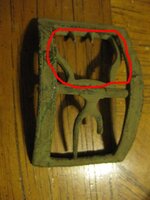CrazySlasher
Hero Member
My detecting partner and I went deep into the woods today and found a couple cellar holes. Any idea on the age of the buckle? The button says Treble Gilt Tops, I don't know anything about buttons and can't get an id on it. The second shotgun shell is interesting too. Has a cool design on it and looks old as the dirt I pulled it from. The sites were poison ivy and iron infested. Very difficult detecting so we didn't even scratch the surface.
Amazon Forum Fav 👍
Attachments
-
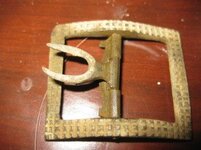 colonialbuckl1.jpg28.5 KB · Views: 872
colonialbuckl1.jpg28.5 KB · Views: 872 -
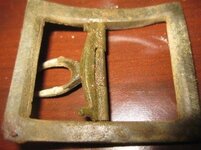 colonialbuckle2.jpg30.9 KB · Views: 879
colonialbuckle2.jpg30.9 KB · Views: 879 -
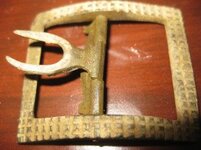 colonialbuckle3.jpg29.5 KB · Views: 873
colonialbuckle3.jpg29.5 KB · Views: 873 -
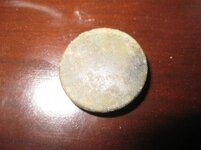 button1.jpg23.1 KB · Views: 881
button1.jpg23.1 KB · Views: 881 -
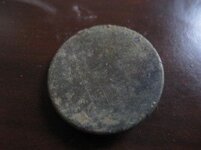 button2.jpg19.8 KB · Views: 882
button2.jpg19.8 KB · Views: 882 -
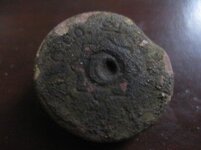 shell2.jpg20.1 KB · Views: 875
shell2.jpg20.1 KB · Views: 875 -
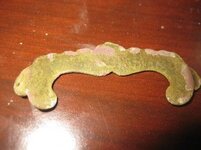 thingy.jpg25.4 KB · Views: 877
thingy.jpg25.4 KB · Views: 877 -
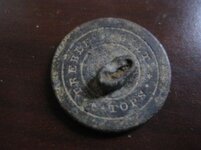 button3.jpg22.3 KB · Views: 911
button3.jpg22.3 KB · Views: 911 -
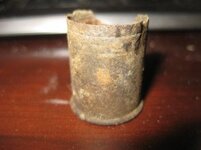 shell3.jpg22 KB · Views: 867
shell3.jpg22 KB · Views: 867 -
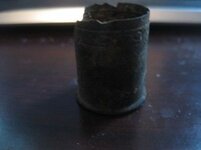 shell4.jpg16.8 KB · Views: 869
shell4.jpg16.8 KB · Views: 869 -
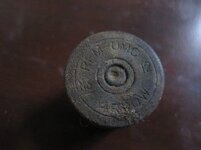 shell5.jpg17.3 KB · Views: 869
shell5.jpg17.3 KB · Views: 869 -
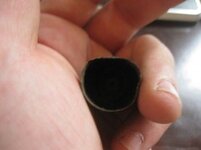 shell6.jpg18.2 KB · Views: 871
shell6.jpg18.2 KB · Views: 871
Upvote
0




 dig everything that beeps ! Great recovery ,CrazySlasher
dig everything that beeps ! Great recovery ,CrazySlasher 


